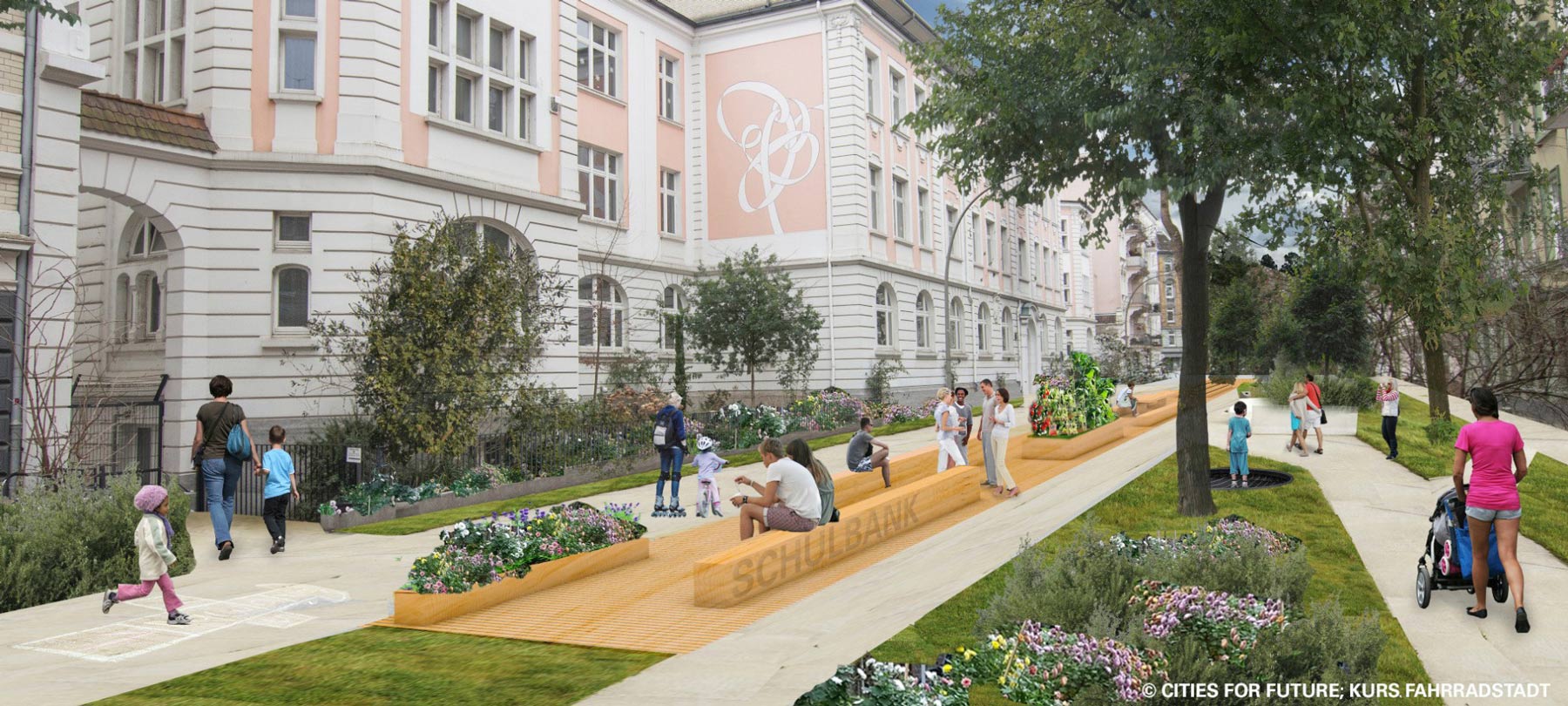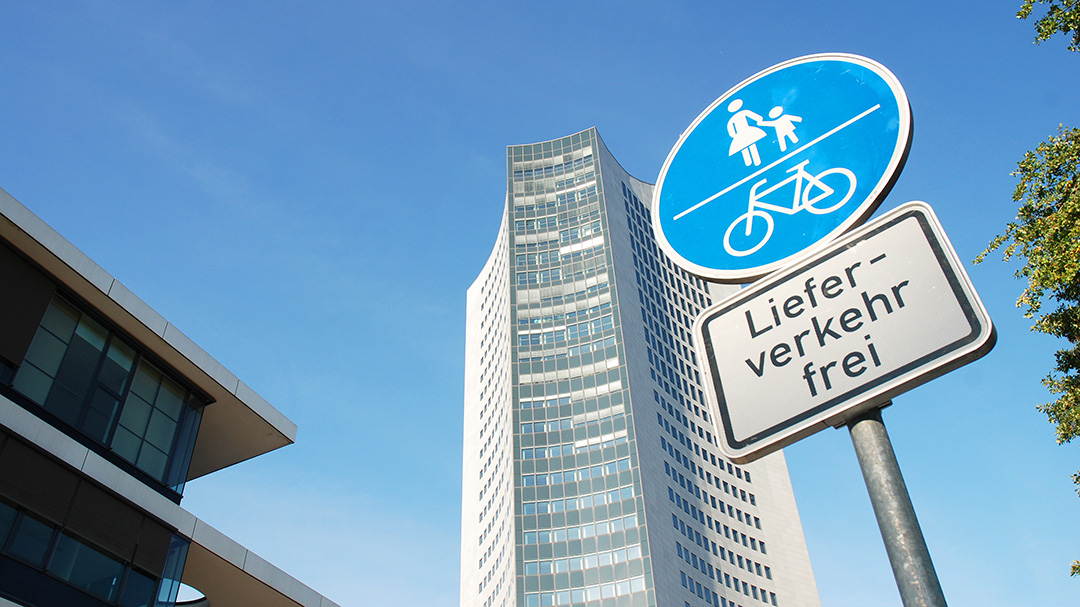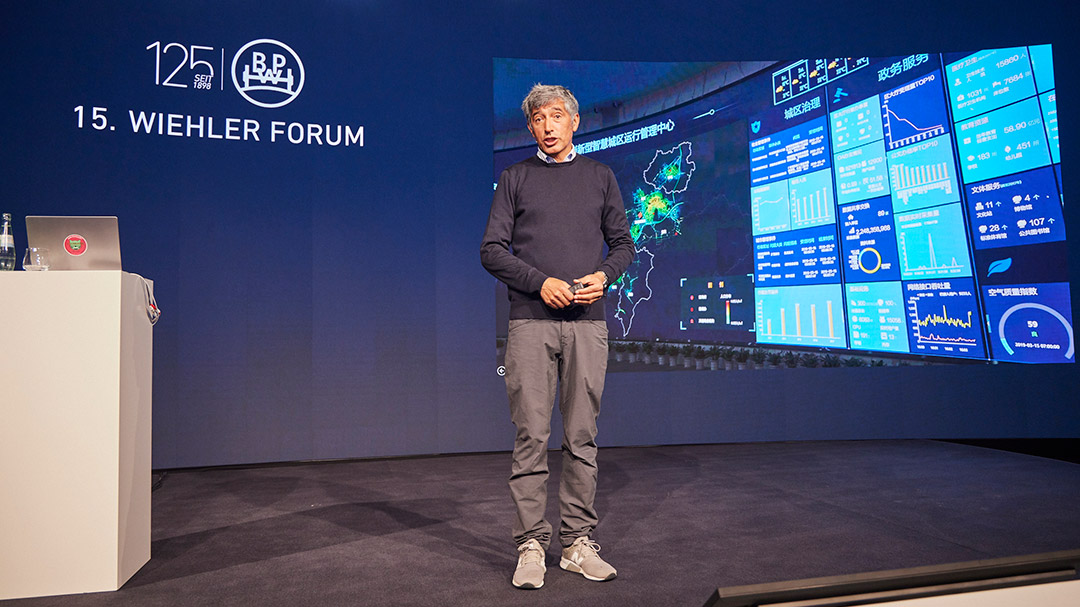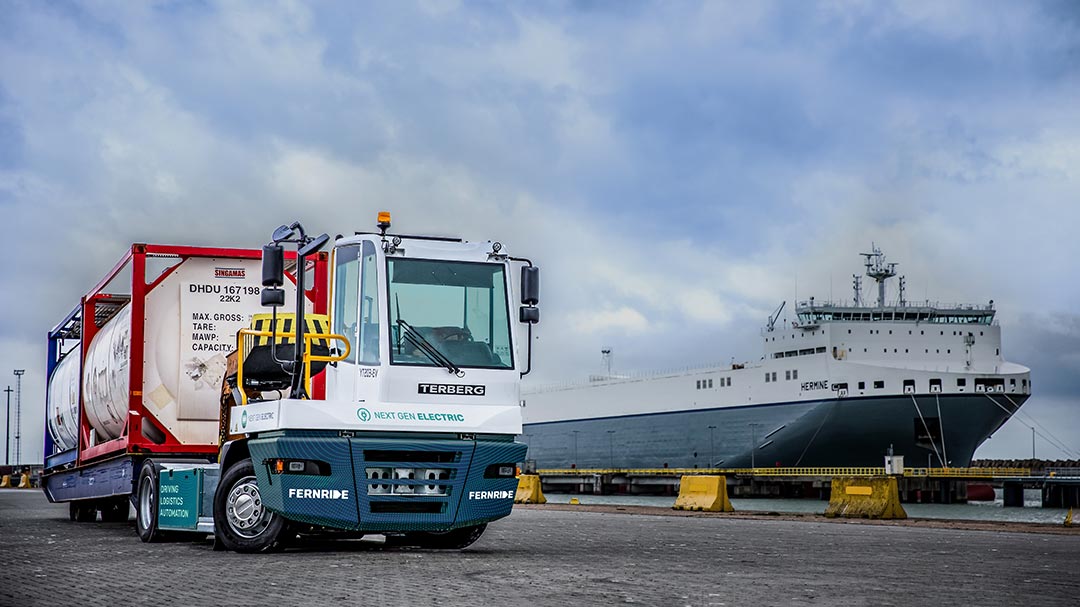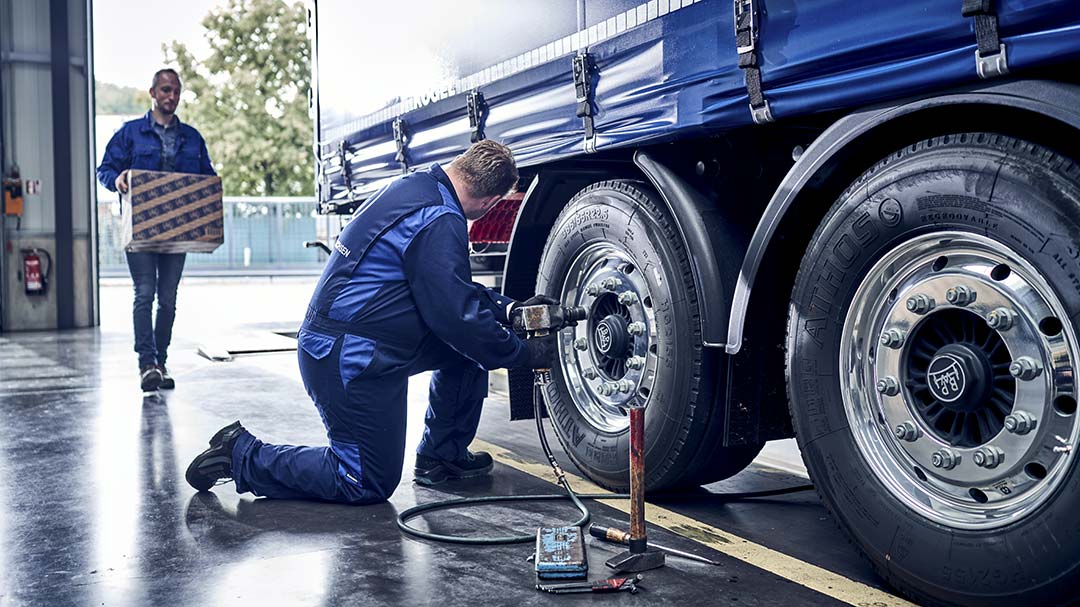The mobility revolution is an invitation for people to become mentally mobile as well and to change their own habits. Germany is in fact the European leader in product returns: according to the German Retail Research Institute (EHI), the product return rate in Germany is as high as 75 percent in some sectors, and in the case of the fashion sector, more than half of all products delivered are returned. Of course, the most effective way to improve this is to avoid returns, and that is something we should all strive to do. In my opinion, the existing free-return model for ordered products needs to be phased out, because product returns are no longer environmentally or economically viable. Another trend that will also shape international mobility in the future is the reversal of globalisation, which has led to more monotony in urban landscapes instead of the desired local diversity. If you want to shop more in your local area, not only the products on offer, but also the area itself must become more attractive. This is where the idea of the 15-minute city comes in, where all the necessary amenities are located within a quarter of an hour’s walk or bike ride from any residential address in that area. The concept aims to provide shorter travel distances and make neighbourhoods more livable for their residents. The concept also envisages the inclusion of more housing, multi-use spaces and a greater sense of cultural identity, an area where retail can also play its part. A key aspect of the 15-minute city is that if you don’t have at least ten different things to do in a neighbourhood in the future, it’s not really worth living there. Living, going for a walk, working, drinking coffee – how many different sorts of activities do we have available to us in a typical neighbourhood nowadays when we really think about?

